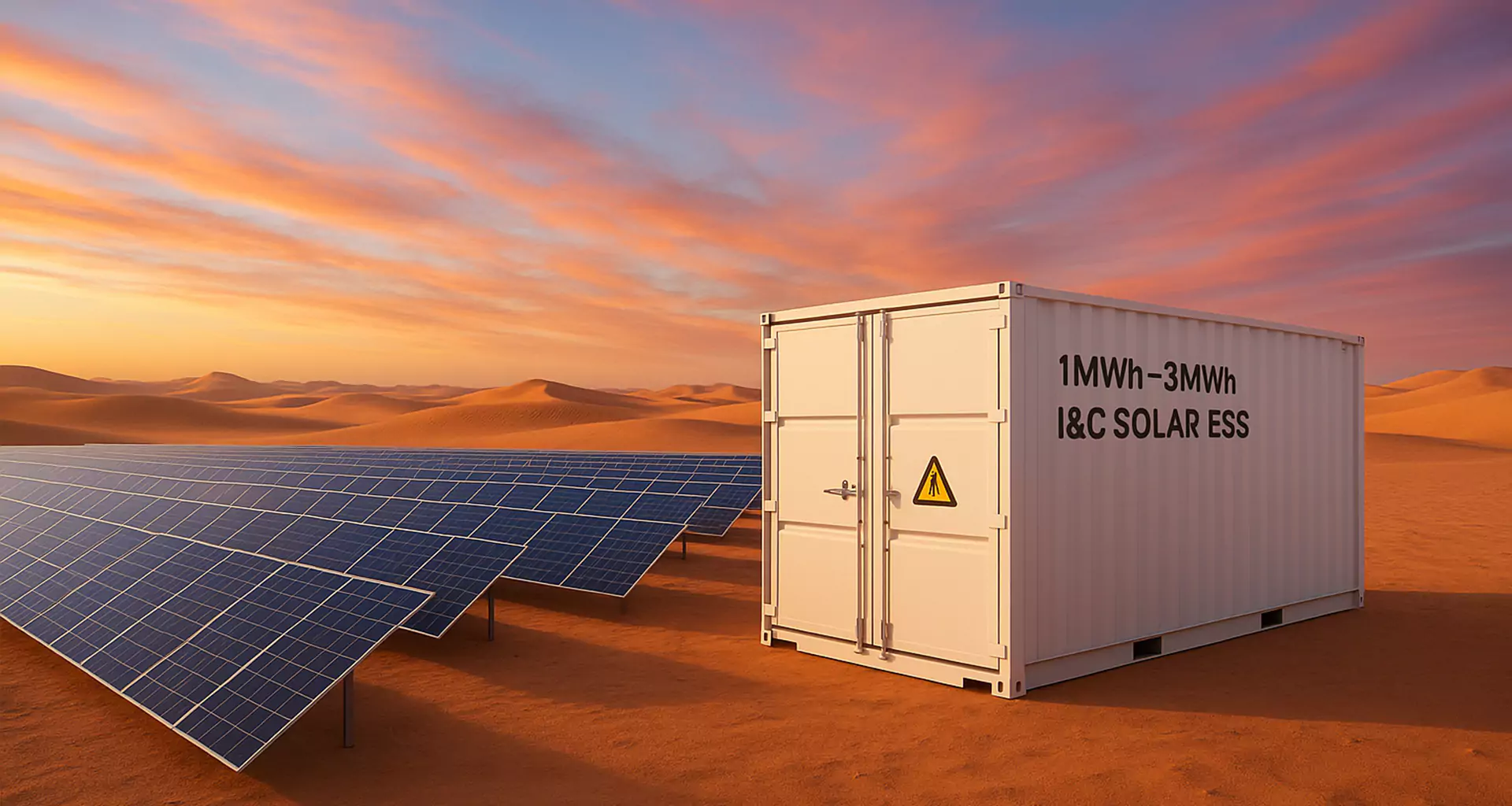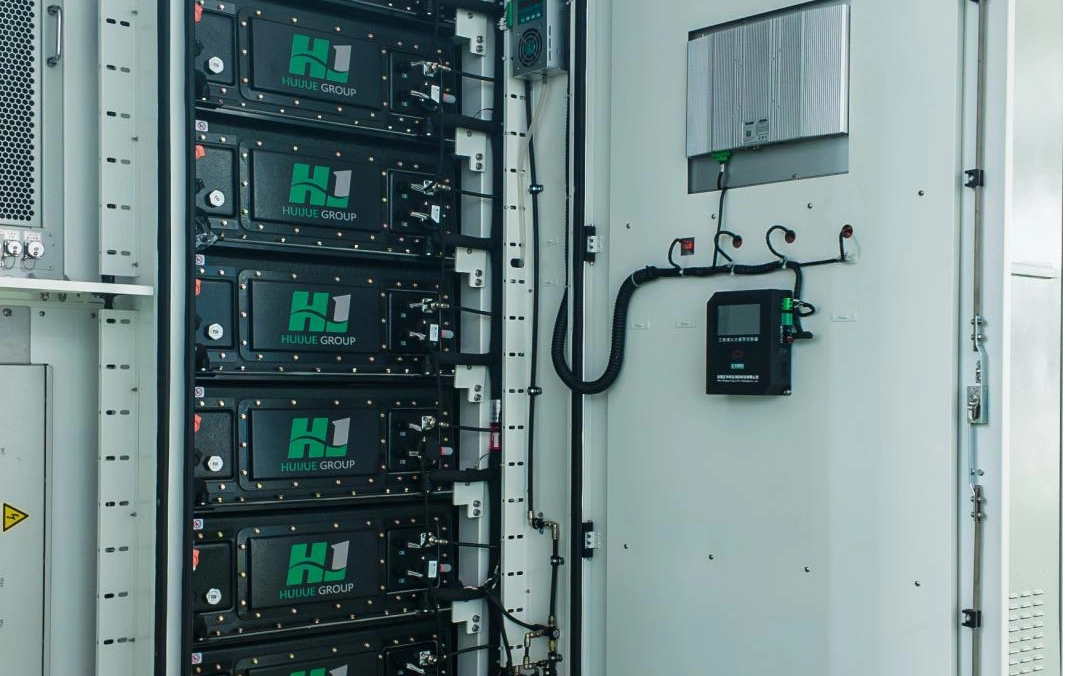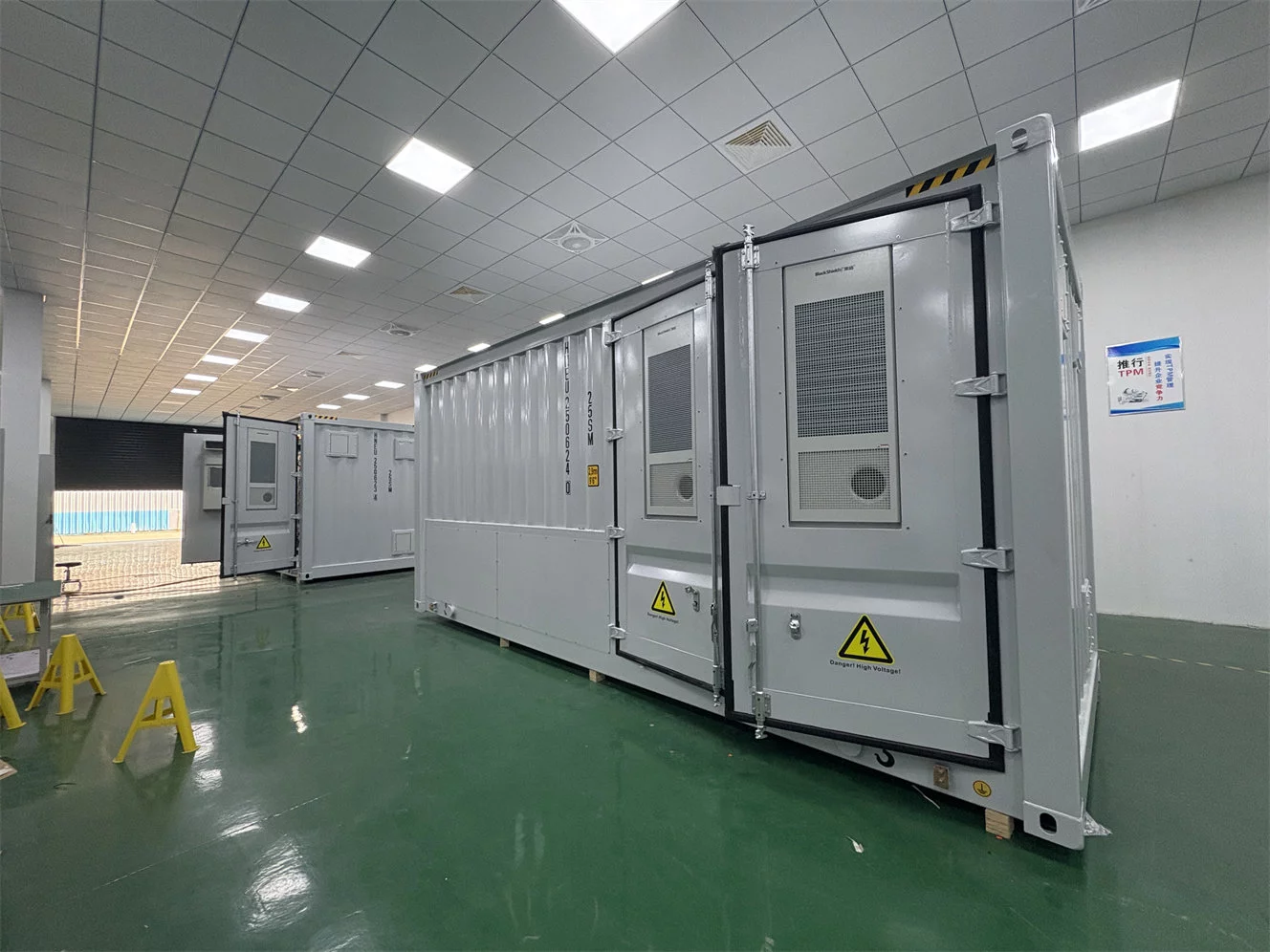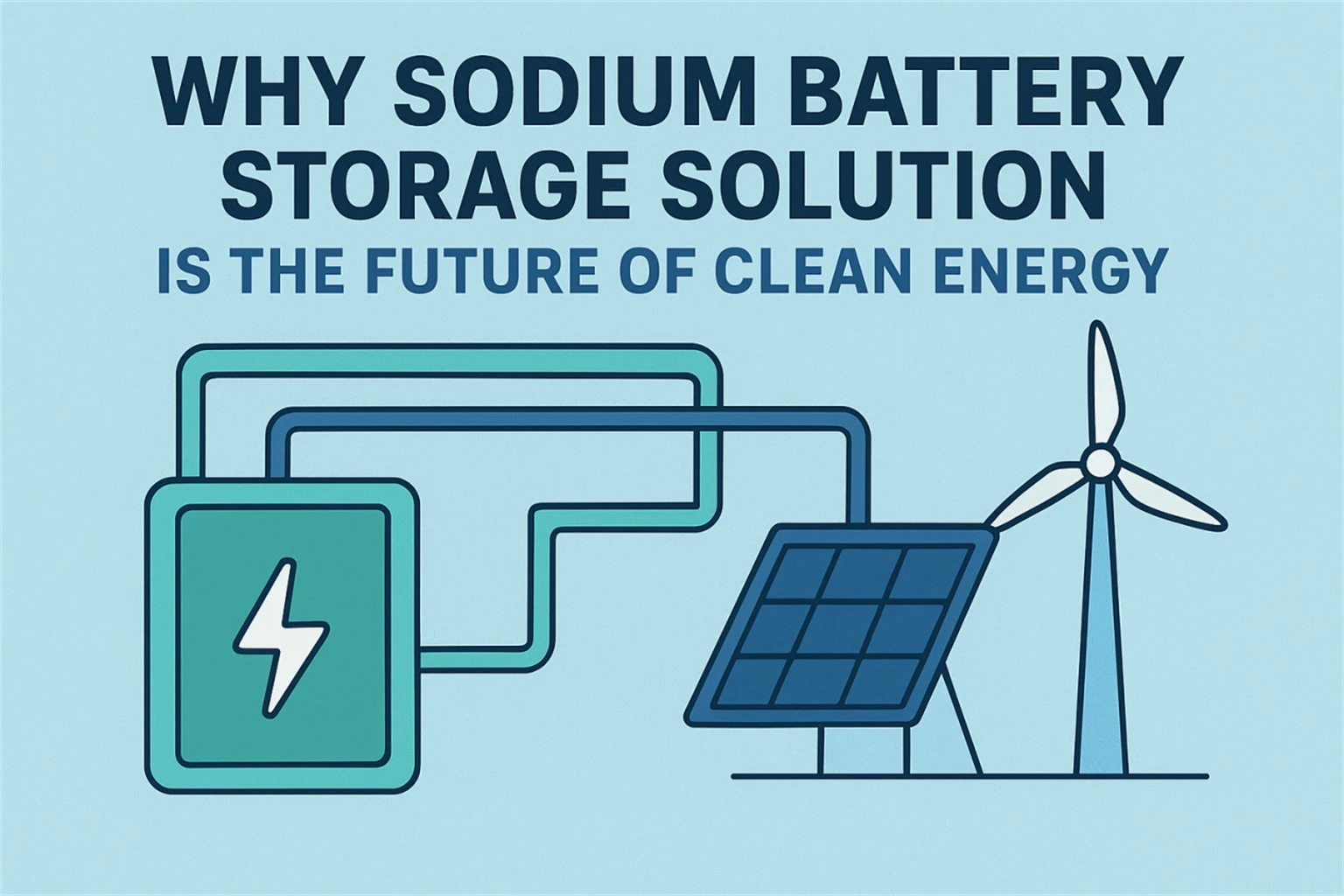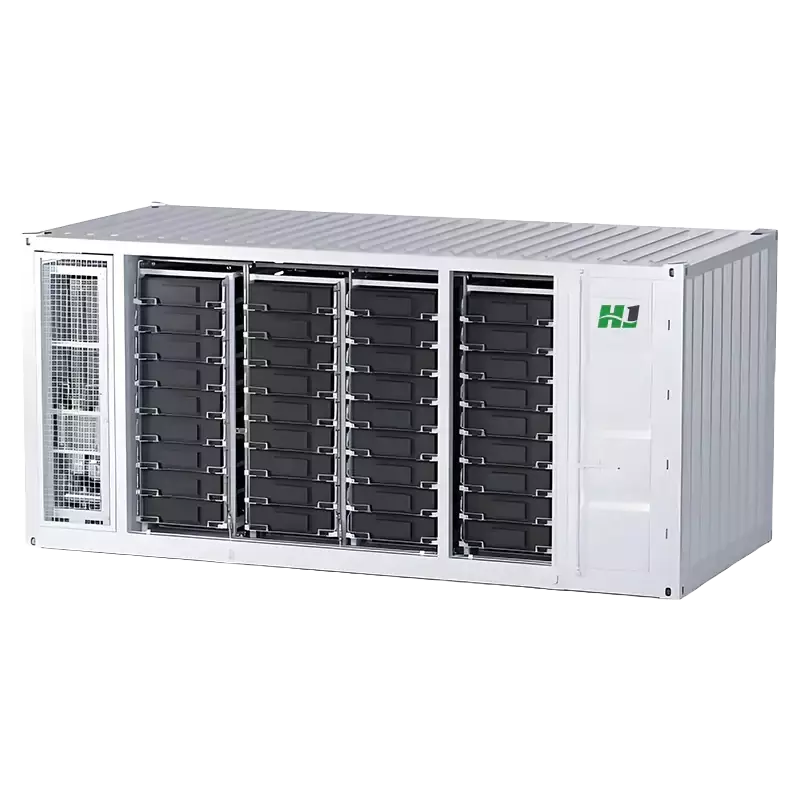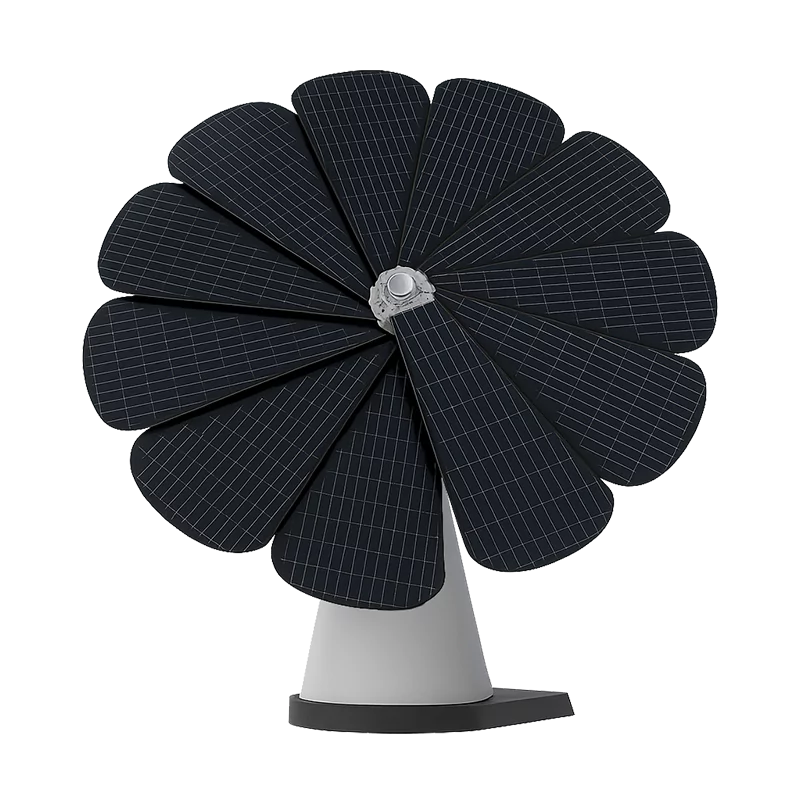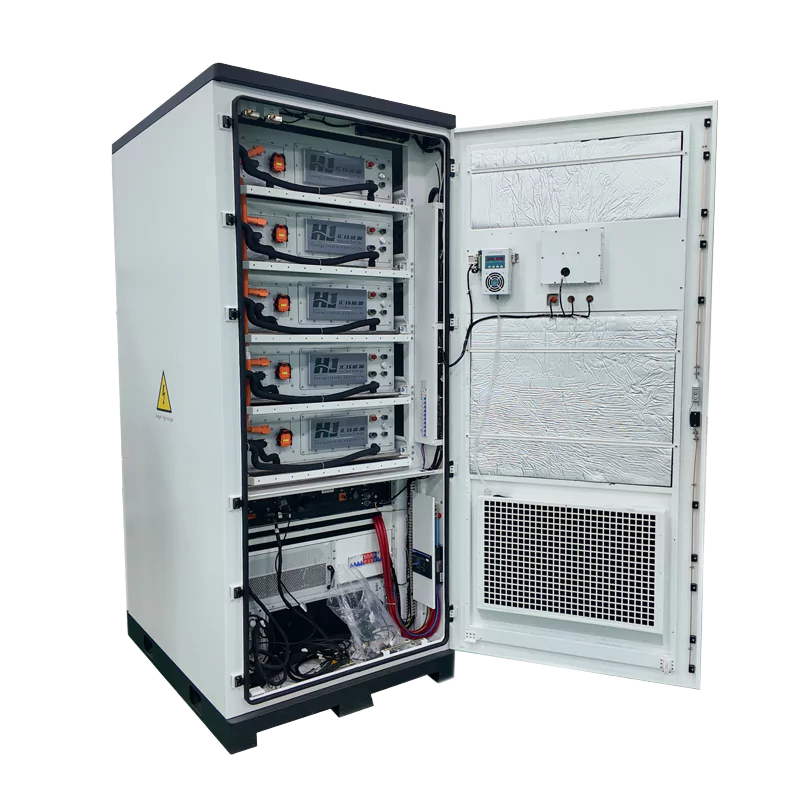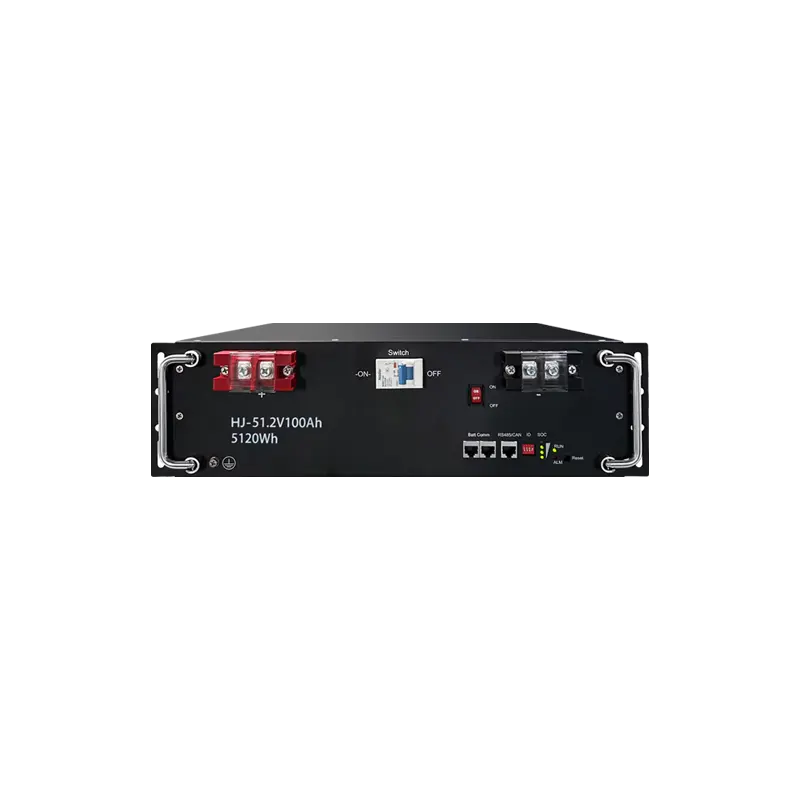Can sodium electric commercial energy storage solve the crisis in the energy storage supply chain?
As the world promotes energy conservation and emission reduction, energy storage has become an indispensable part of the development of new energy. Due to the shortage of lithium resources, lithium batteries have experienced large price fluctuations, and the manufacturing process has been blocked by a few countries. The supply chain crisis is gradually emerging. Sodium electric commercial energy storage is regarded as an important breakthrough in the future development of new energy. So, can sodium electric commercial energy storage solve the energy storage supply chain crisis? We can conduct an in-depth analysis from the following aspects.
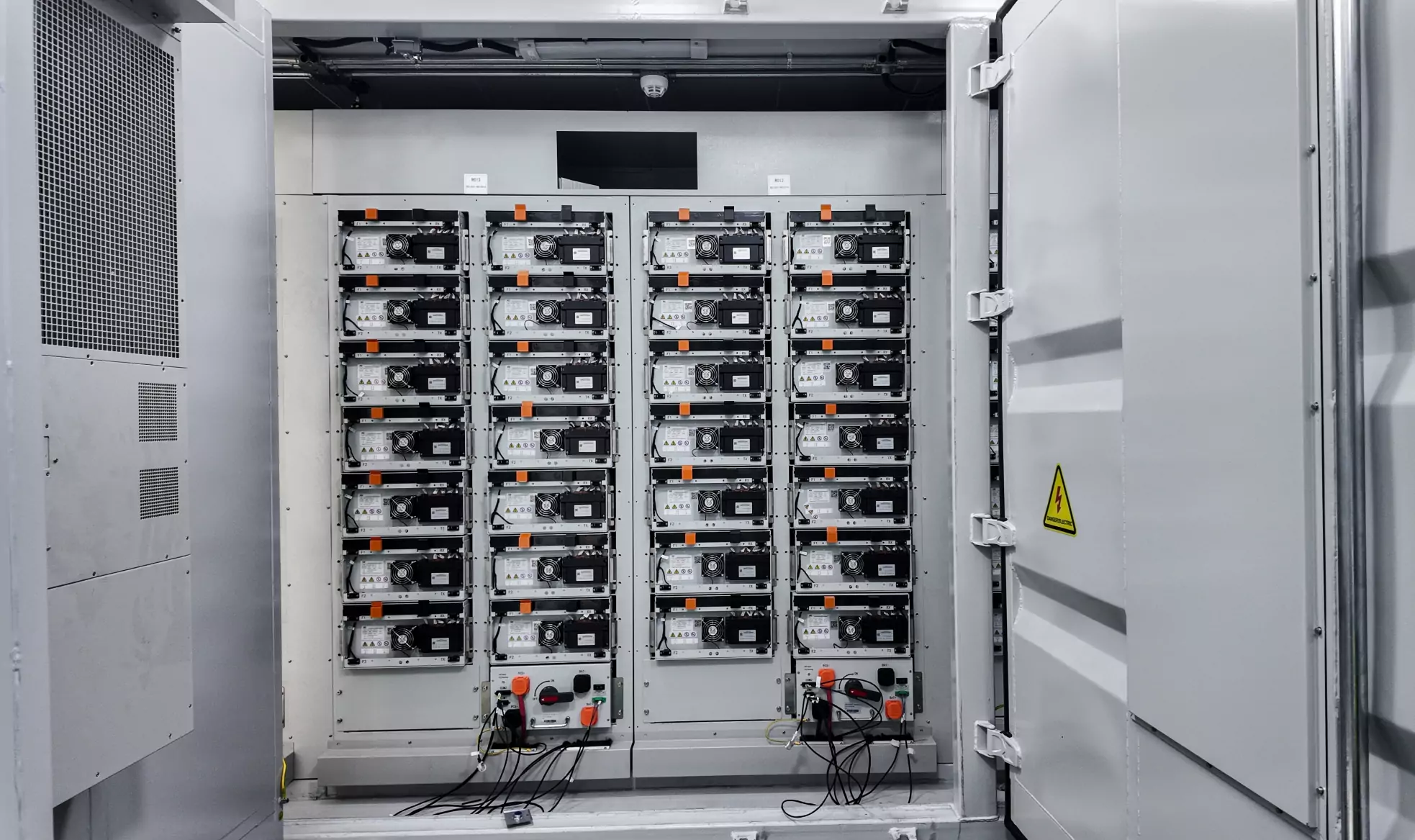
I. Supply Chain Challenges of Lithium Battery Energy Storage
At present, most industrial and commercial energy storage systems still adopt lithium battery technology. Although the technology is relatively mature and has a relatively high capacity density, its problems are gradually emerging:
Resource scarcity: Raw materials such as lithium, cobalt and nickel are highly dependent on overseas imports and are vulnerable to geopolitical and mineral policies.
Soaring prices: The price of lithium carbonate once skyrocketed by over 300% within a year, exerting tremendous cost pressure on enterprises.
Capacity concentration: Key links such as cathodes, anodes, and electrolytes are concentrated in a few regions, leading to prolonged global delivery cycles and high logistics costs.
Overheating of technology: The priority of the new energy vehicle industry is high, and the phenomenon of “queuing” for lithium batteries used in energy storage occurs frequently.
Against this backdrop, industrial and commercial users are in great need of a set of energy storage solutions that are cost-effective, have controllable delivery times and low risks.
Ii. Changes Brought by Sodium-powered Energy
As a new energy storage battery technology in recent years, sodium electric commercial energy storage has great potential and is expected to alleviate or even partially solve the supply chain crisis in the energy storage industry.
1. The raw materials are widely available and do not rely on rare resources
Sodium is abundant in reserves and widely distributed, existing extensively in seawater and the earth’s crust, and can be obtained by any country in the world. The commonly used positive and negative electrode materials for sodium-ion batteries, such as Prussian blue and hard carbon, do not rely on rare and precious metals like cobalt and nickel either, thus avoiding the risk of resource monopoly.
2. Lower costs are conducive to the promotion of grid parity energy storage
Lower raw material and manufacturing process costs help drive energy storage systems from being “expensive” to “widespread”, especially suitable for C&I scenarios such as small and medium-sized enterprises, parks, and factories.
3. Compatible with lithium battery production lines and easy to switch on a large scale
The production process of sodium batteries is highly similar to that of lithium batteries. The existing lithium battery production lines can be switched with a little modification, lowering the threshold for industrial switching and helping to rapidly expand production capacity and relieve supply and demand pressure.
4. Suitable for diverse industrial and commercial application requirements
It is not only suitable for peak shaving and valley filling as well as backup power supply, but also can meet the deployment requirements in low-temperature and high-temperature environments, with strong flexibility.
Iii. Practical Challenges and Limitations
Although sodium electric commercial energy storage has natural advantages at the supply chain level, it still faces some practical challenges:
The energy density is slightly lower, and the energy storage capacity per unit volume/weight is still inferior to that of lithium batteries.
The technological maturity is inferior to that of lithium batteries, especially in terms of BMS and cell consistency.
The industrial chain has not yet fully taken shape, and large-scale application is still in its early stage.
There are few brand choices and limited market recognition, especially in overseas markets.
Iv. Is sodium-charge a substitute or a supplement?
Since 2023, many leading enterprises at home and abroad have accelerated their sodium-ion battery layout. Catl has launched its first-generation sodium-ion battery and announced that it has the industrialization capability. Zhongchuang New Energy, Envision AESC, Powerway Energy and others have successively launched sodium-battery energy storage products. The transformation of production lines, standardized modules, and the matching of liquid cooling systems are gradually being improved.
It is expected that by 2025, the market share of sodium batteries in the energy storage field will rise rapidly, and they are likely to occupy more than 10% of the energy storage battery market, becoming an important supplement to lithium batteries.
V. Conclusion: Sodium-electricity is not a substitute but a game-changer
Sodium-ion batteries cannot completely replace lithium batteries, but they can serve as a powerful supplement to lithium batteries during periods of tight supply chains, especially in the field of industrial and commercial energy storage, where they hold significant strategic value.
In the current situation where lithium resources are tight and prices are high, the industrialization of sodium-ion batteries will provide a strategic supplement to the global energy storage industry, helping enterprises to respond more flexibly to fluctuations in raw materials, reduce project costs and shorten delivery cycles.
In the future, with the advancement of technology and the expansion of scale, sodium-ion batteries are expected to play an increasingly important role in commercial and industrial energy storage systems ranging from 50kWh to 500kWh.
Find Your Solar + Battery Storage Specialist Now!
* Fill out this form and our experts will help you find the perfect solar storage solution for your home or business.


